Editor’s Note: This story is published in The Legacy Issue of Life & Thyme Post, our exclusive newspaper for Life & Thyme members. Get your copy.
As the second youngest of four children, Chef Akira Hirose naturally found himself feeding his family. From an early age, he frequented his mother’s side in the kitchen to prepare the vegetables. And when needed, he volunteered to go to the nearby store to pick up ingredients for dinner. Cooking was more than a duty; Hirose loved how fulfilled he felt at the intersection of food and family. In elementary school, he wrote that he would be a chef when he grew up.
Azay is Hirose’s homecoming after over 40 years of defining Japanese French cuisine all around the world. Opened in 2019, the bistro is located in Los Angeles’ Little Tokyo, blocks away from the neighborhood’s hotly reviewed ramen shops and sushi bars. With eight tables situated outside, Hirose serves beloved comfort dishes that made him a renowned chef in the 1990s.
Named for the small village in central France where Hirose attended culinary school, Azay boasts a charming show of items such as bento boxes, unagi bowls, and Japanese breakfasts that feature rustic, yet light flavors commonly found in French cuisine. A broiled white fish is flavored with miso, a piquant array of tsukemono steadies the taste buds, and a plate of omurice reveals a sweet and savory blend of fried rice and ketchup.
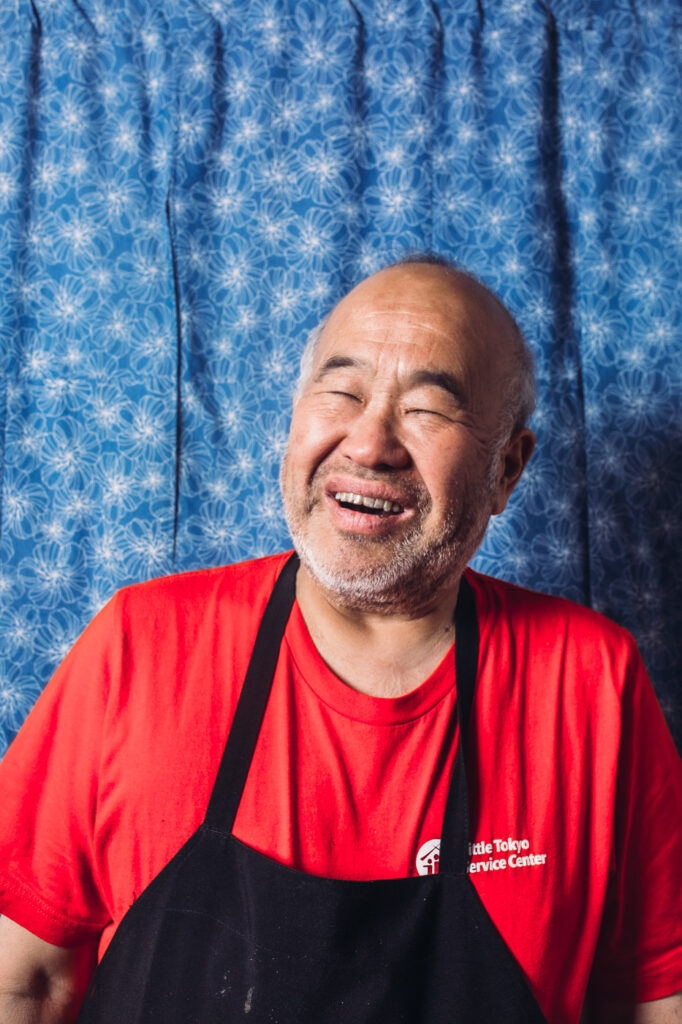
Hirose’s legacy is woven into the foundational sinews of modern Los Angeles dining. Long before Azay, the chef was a pivotal figure in the city’s fine dining renaissance, a phenomenon that initially brought him stateside. As a teen in Kyoto, Japan, he was enamored with the white gloves, sparkling silverware, and the tuxedo-sharp maître d’ that imbued a sense of elegance that he hadn’t seen until his father treated him to steak and frites at a European-style restaurant. The sumptuous affairs of these establishments were nothing like what he experienced in day-to-day dining in Kyoto.
“I remember the chandeliers,” Hirose says. “I liked the ambiance as much as the taste. Kyoto is famous for Japanese traditional cooking, but I liked the French.” The splendor inspired him to pursue haute cuisine as his form.
After completing school in Azay-le-Rideau, Hirose moved to the United States in the early 1980s to work as an apprentice at L’Orangerie. Picture Los Angeles during this cultural boom: the Reagans frequented the establishment for celebratory dinners, and cocksure Hollywood socialites such as Betsy Bloomingdale and Kirk and Anne Douglas gathered for wine over candlelight before hopping to L’Ermitage. New York critics wrote about Los Angeles’ haute cuisine with reverence. Hirose cannot deny that, from the kitchen, he enjoyed every bit of it.
After several hefty ventures in both Kyoto (where he returned in the late ’80s to operate his own French-inspired restaurant for eight years) and at Los Angeles cornerstones such as The Belvedere inside the Peninsula Hotel and the theatrical Tower Restaurant, Hirose pined for more control of his culinary concepts.
By the ’90s, he made a name for himself among food critics, status diners and gallivanters.
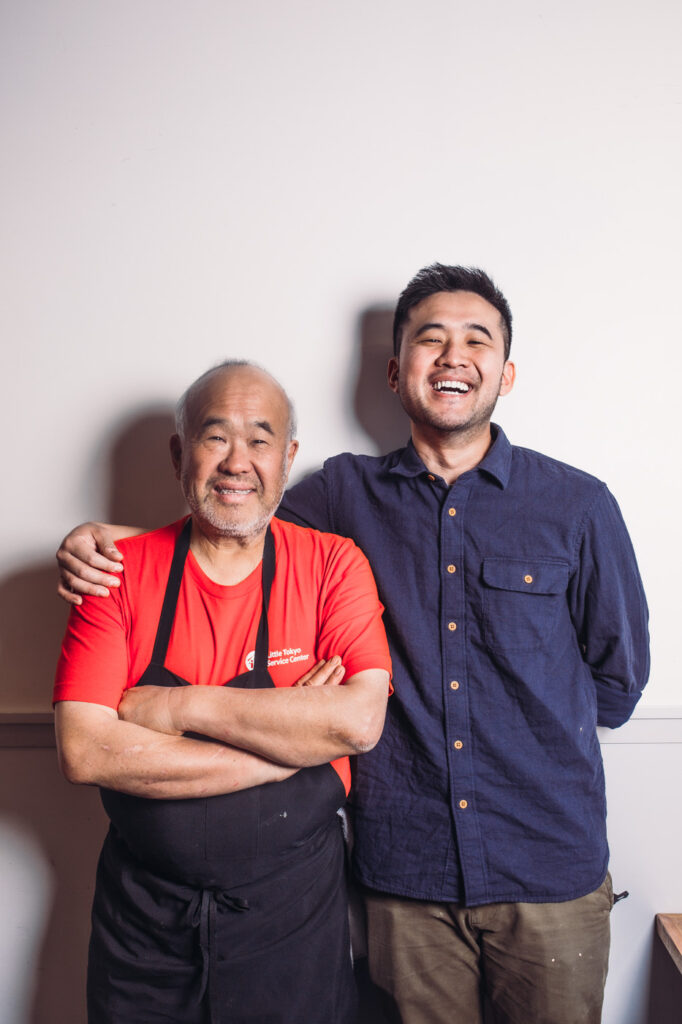
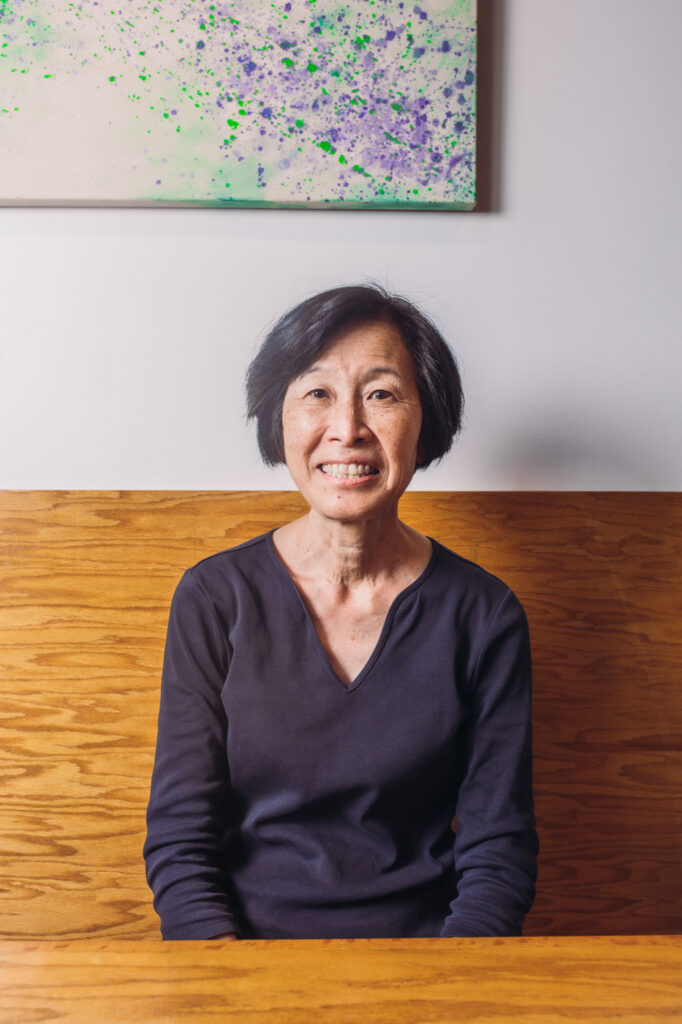
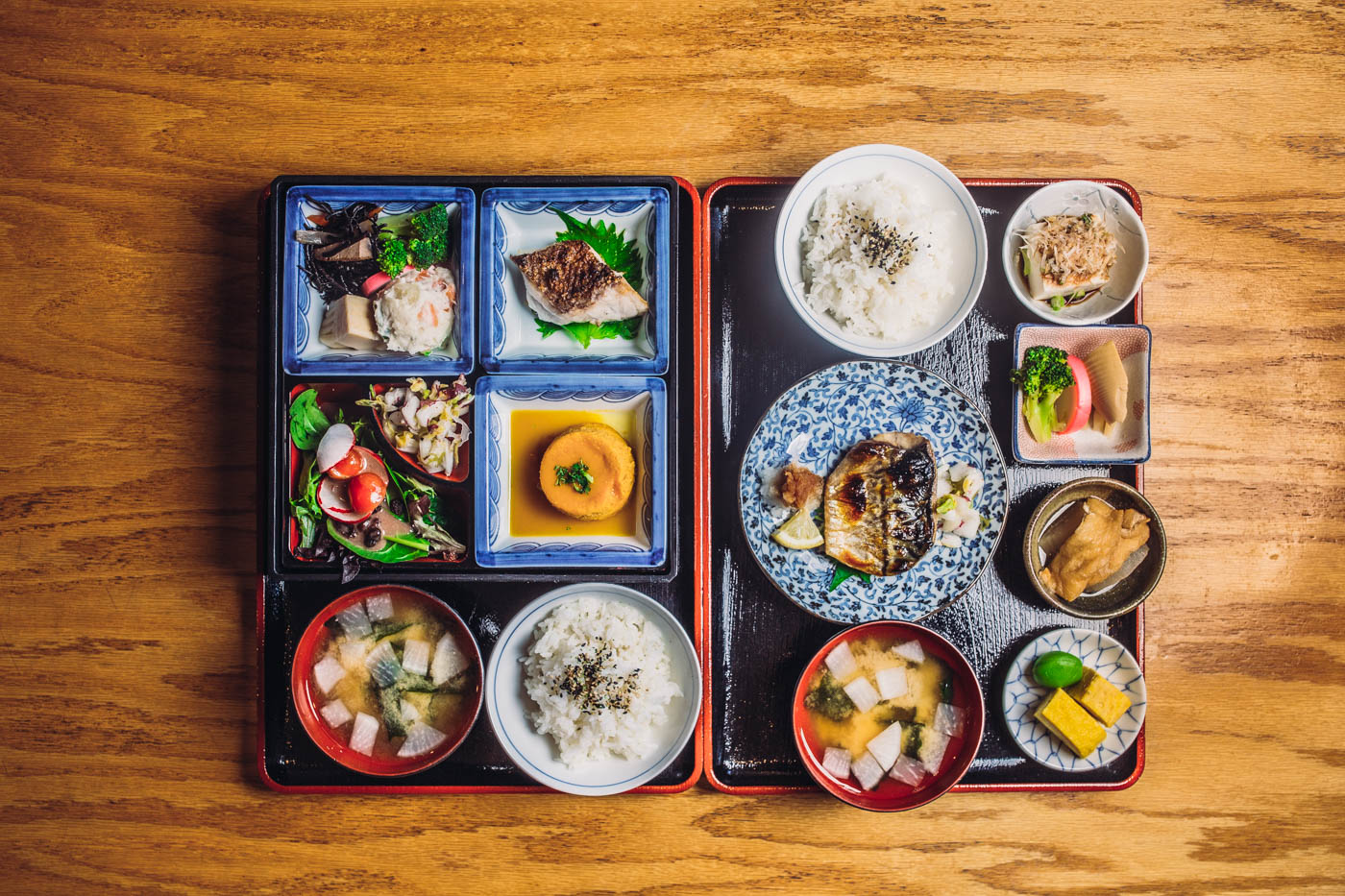
After quietly scouting for a location for several years, Hirose finally opened Maison Akira in Pasadena in 1998. Deep in a city with dense oak trees, family farms, and other bucolic aspects that reminded him of France, the chef’s namesake was the first time Los Angeles would see who Hirose really was.
“Here [at Maison Akira] I was doing French cuisine with a Japanese flair,” says Hirose. “I was making mashed potatoes with wasabi paste. I was using a lot of miso and shoyu—but it was always finished with a French style.”
One of Hirose’s prized dishes was the soba salad. Today, we know it well—a fresh spin on a summery staple tossed with buckwheat noodles and brightened with julienned vegetables. It’s hard to imagine a time when this dish was not a common go-to lunch fix, but in 1998, Hirose perfected a novel dish that presented new earthy, umami flavors to a ravenous base of fine diners.
Hirose was also the first chef to introduce the bento box into the fine dining space. But because Maison Akira was predominantly patronized by the bridge-and-tunnel crowds of Los Angeles, the carefully optimistic chef originally balked at the concept.
“I was fighting with my mom about the bento box,” Hirose says with a laugh. “In Kyoto, she used to come to my restaurant and ask me, ‘Why don’t you do the bento box?’ People come [to L’Orangerie] to eat French cuisine with a knife and fork and champagne glass. If they see someone next to them eating out of a bento box, how do you think they’d feel?”
In hindsight, Hirose is relieved for the nudge. First, he tested a bento box by placing popular items like foie gras, steak with mashed potatoes, and spicy tuna tartare directly into each compartment. He then evolved. With his wife Jo Ann’s creative input, he fit glassware and small ceramic plates into the bento box’s compartments to elevate the visual display for guests. The box was then served with a folded linen napkin and silverware. To the standard Maison Akira diner, it was a sensorial delight.
Presently, Los Angeles’ fervor for haute cuisine has diminished, alongside proto-Asian fusion and all the other trends that could have pigeonholed Hirose. Permanent, instead, is the chef’s character. Hirose’s time in central France and fine dining were but vessels for him to accomplish what he set out to do with Azay. With his latest restaurant, he can provide warm and nourishing meals for people with whom he wants to be connected the most. Set at more affordable prices, the dishes harken back to a handful of Maison Akira highlights that were key to his Japanese French storytelling.
Beloved menu items are not the only thing Hirose brought back with him from his namesake restaurant. “He brought all the bento boxes, the plates, and dishware from Maison Akira. What doesn’t fit [inside the restaurant] is all down in the basement,” jokes Hirose’s son, Philip.
Through the ups and downs—the light banter and solemn conversations—Hirose’s wife and children are a large part of Azay’s equation. For one, its location would not be possible without Jo Ann, whose family owns the building on 1st Street where the restaurant sits today.
“[The importance of community] was passed down from my dad,” says Jo Ann. “When he got old, he said ‘I think it’d be in the best interest of Little Tokyo to keep this building in the family.’”
Jo Ann’s father, Tsutomu Maehara, founder of Anzen Hotel Supply in 1946 (now Anzen Hardware under a different owner, located on 1st Street less than 500 feet away from its original location), witnessed how later generations of Little Tokyo natives were selling the properties they inherited. More often than not, they cashed in with land-hungry developers who arrived with the highest bids. With wariness, Jo Ann’s father asked his children to promise to keep their building in the family, who acquired it in 1955.
“In some ways, I know people see it as selfish, but it is for the community, because a lot of buildings like this no longer exist because things are being torn down,” says Jo Ann, who lives with her husband in Los Feliz, but has worked in Little Tokyo as a dental hygienist in the same office for over 40 years. “My dad never wanted to see Little Tokyo get fully gentrified like other Japantowns.”
As a passionate cook herself, Jo Ann enjoys stepping into a larger role in partnership with Hirose to continue Little Tokyo’s legacy. The promise she made to her father has bloomed into Azay, a next-door florist, and 21 long-term tenants who live in the Oregon Hotel.
“We want this to be a community space, because when I saw my dad with the hardware store, people would come from all over and become friends with him, bring their vegetables, and he’d then bring vegetables from his own garden,” Jo Ann says. “It doesn’t matter what kind of business you have. We have tea and drinks flowing for anyone [at Azay] because we want to be there for the community.”
Azay’s homecoming is an honest endeavor to help Little Tokyo find its collectivist identity again. Similar to what Jo Ann’s father observed, Philip also sees the present accelerated institutionalization of Little Tokyo. External capital influences and public-private partnerships within the neighborhood have yielded challenges with community-oriented progress.
Traditional handshake deals have morphed into obfuscating legal documents. Small businesses have acquiesced to corporate developers that ultimately price out older generations. Newer businesses show little interest in engaging with established councils to make informed decisions about Little Tokyo’s future. Without meaningful preservation of a historic neighborhood, a salable zip code ripe for real estate emerges.
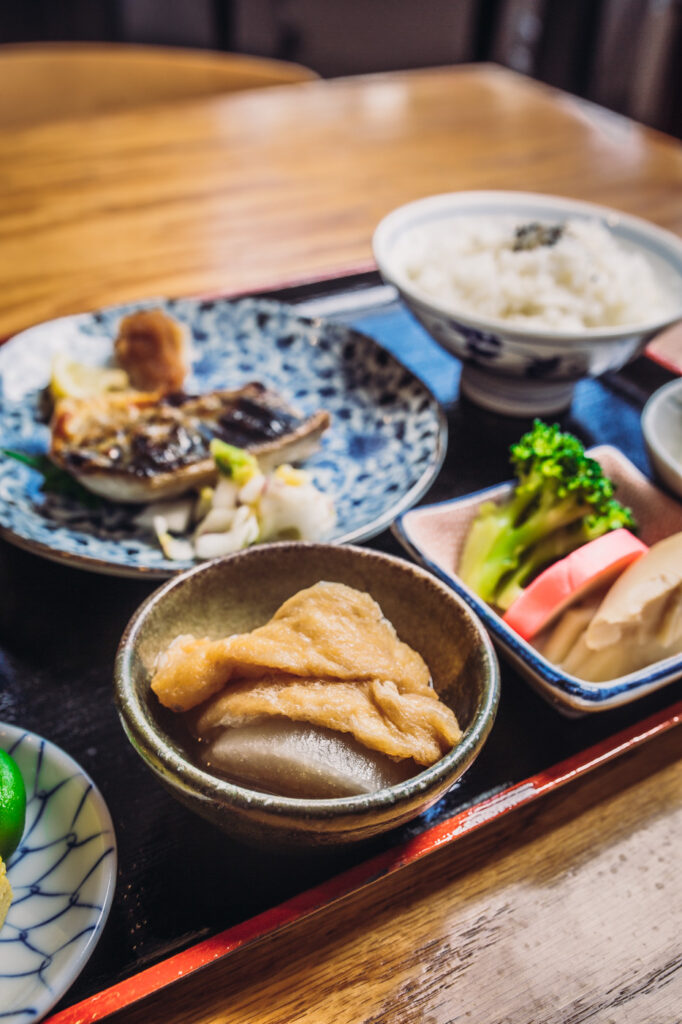
As Hirose’s only child still based in Los Angeles, Philip introduced community programming to Azay and its patrons during the pandemic. He is equally pivotal in mapping the future of the family restaurant, ensuring the restaurant looks at the future of Little Tokyo from the perspectives of multiple generations.
“One thing we’ve been thinking about is … what it means to employ community members and make this space not only for us or for customers,” Philips says. “I would like this place to be a community space for people when they don’t feel like they belong in other parts of Little Tokyo.”
In 2020, Philip, along with Tony Osumi, started a program at Azay called Feasts of Resistance, a series of dinner table conversations to instill political education covering topics such as the resistance to the erasure of Japantowns throughout America. Here, local residents reconnected with their histories of community building and solidarity across other neighborhoods like Boyle Heights and Virgil Village, which were once homes to large populations of the Japanese diaspora. The conversations have since evolved into other community programs, such as being a major contributor to Little Tokyo’s long-standing Nisei Week and providing weekly meals for elderly or unhoused residents in the area.
“I’m grateful for the opportunity to be here,” Philip says. “We are able to squeeze things out somehow. That’s just the process of it all, given my father being first generation and my mother being third and everything that comes with that. This place is meaningful to me, as is Little Tokyo.”
A dish that places emphasis on its identity is only reputable if it considers its neighborhood. As Hirose changed his culinary pursuits, so did his definition of family. What used to be meals for a family with four children expanded into feeding Little Tokyo, a multigenerational neighborhood that wants to feel satiated, secure and understood.
By tugging on all the skeins of fate that told him to cook, Hirose became one of the first chefs to bring an honest memoir of Japanese American history into modern Los Angeles dining. It’s never only about capturing your singular identity, but to honor the people who have loved and changed you.

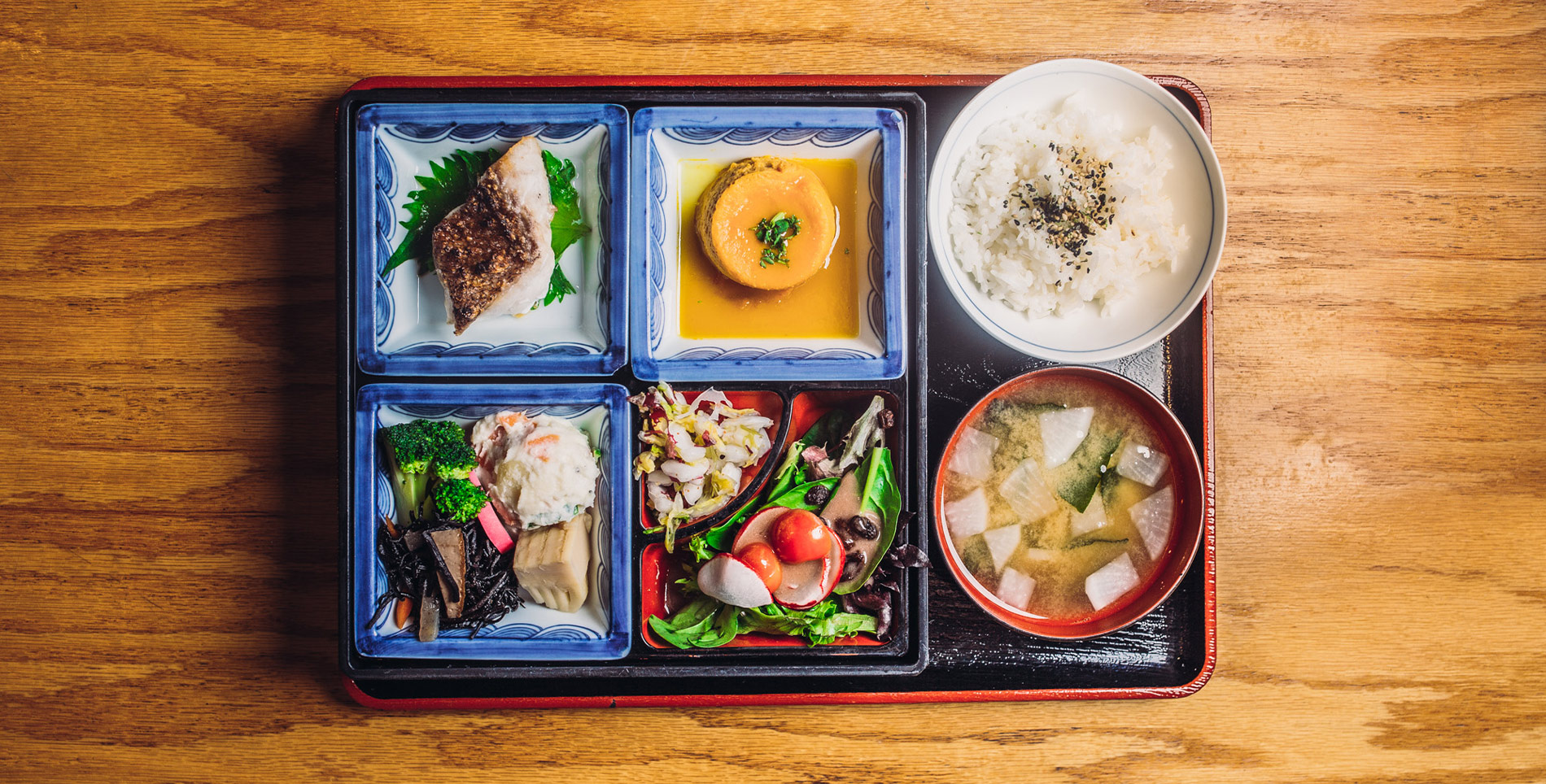

Our comments section is for members only.
Join today to gain exclusive access.